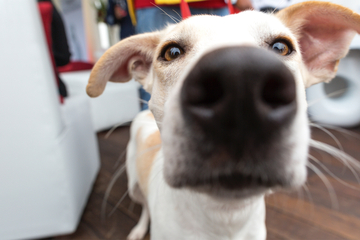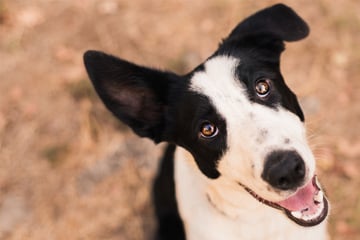Bengal cat in profile: Size, personality, lifespan, and price
Some of the most stunning and eye-catching kitties out there, Bengal cats are not only interesting in their history but in their various characteristics as well. TAG24 takes a look at everything with our Bengal cat in profile.

With spots like a leopard, there are few domestic cats that even come close to the looks and characteristics of the Bengal.
These Asian beauties are an underappreciated bunch, and with the help of this profile, they will hopefully get a little bit more attention shot their way.
In this cat guide, we will take a look at the physical look of the Bengal, its size, its characteristics, and - perhaps most interestingly - its history too!
What is a Bengal cat?
Bengal cats are a domesticated house cat breed with small but agile bodies that somewhat resemble those of a leopard or tiger. They were internationally recognized as a genuine cat breed in 1983 by the International Cat Association and have been immensely popular ever since.
While not initially super successful, from the 1990s onwards, the Bengal cat exploded in popularity across the United States in particular, with now more than 2000 breeders worldwide. They're beautiful, interesting, and incredibly intelligent creatures worthy of respect and love from all.
Bengal cat history
Unlike their name suggests, the Bengal cat does not actually originate from Bengal, in the east of India. They are referred to as such because they are a hybrid breed that was originally created by breeding the Asian leopard with smaller domestic cats, specifically the Egyptian Mau.
This was originally done by a Californian woman called Jean Mill, who was given credit as the original Bengal breeder back in the early-to-mid 1970s. Interestingly, while many modern Bengals have Egyptian Mau blood in them, the original variant created by Mill was a cross between the Asian leopard and a standard black Californian tabby.
Bengal cat characteristics: Personality and habits
Bengal cats are quite similar to the majority of domestic cats out there but are certainly kitties that should be allowed to roam outside. Because of their leopard roots, these cats are avid hunters and love to chase mice and catch birds. They're active and, as a result, can often act up a bit more than you'd expect from such tiny little dudes.
That's not to say, though, that the Bengal cat doesn't like a good long cuddle. These are cats that might seem wild but have big hearts and love to protect, be protected by, and be near their humans. You can expect many long petting sessions, plenty of playfulness and game requests, and an appetite that'd make you think the poor little darling was starving to death.
While Bengal cats can seem like real pains in the backside at times, they are worth the trouble. These little troopers have enormous personalities, and they love to let you know what they think day-in and day-out.
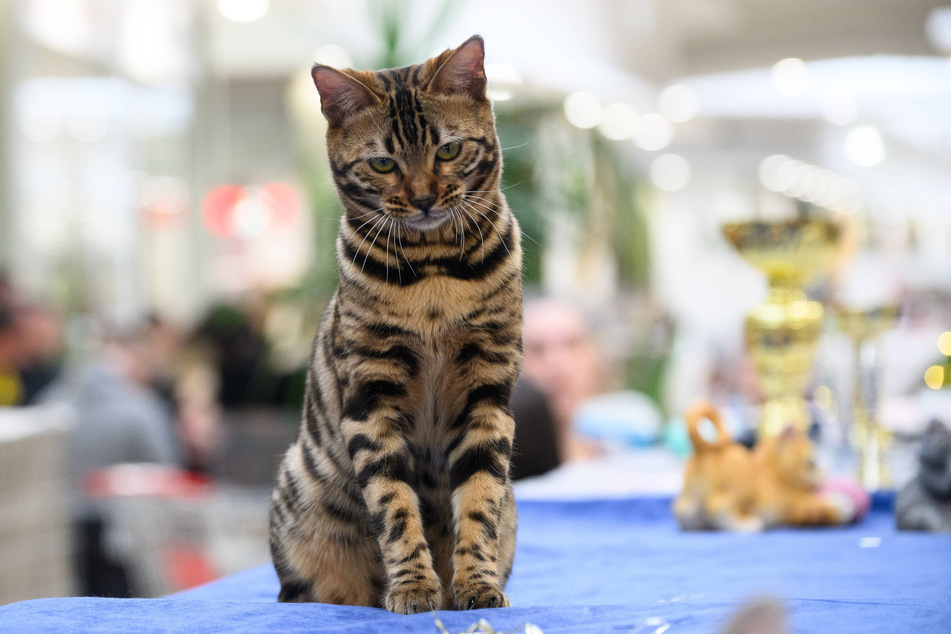
Bengal cat size
While many believe the Bengal cat to be bigger than your average tabby, largely on account of its leopard origins, they are generally around the same size as most domesticated cats. Of course, different Bengal cats will be different, and some will grow to be much bigger, while others will remain quite small.
In general, Bengal cats stand about 15 inches tall and weigh between 10 and 15 pounds when fully grown. Of course, the women are usually a bit smaller than this, and it will always depend on the age and health of your kitty.
Bengal cat colors
Bengal cats have very distinctive and beautiful coats covered in large round spots that greatly resemble those of a leopard. In general, these spots either continue or turn into stripes on their legs, reaching all the way down to the tips of their adorable little toes. They are the only domestic cat breed to feature rosette markings on their fur.
Bengal cats come in a small variety of color variations. They will all feature two or more colors, usually a combination of brown, orange, sand, silver, snow/white, gray, and blue.
Are Bengal cats hypoallergenic?
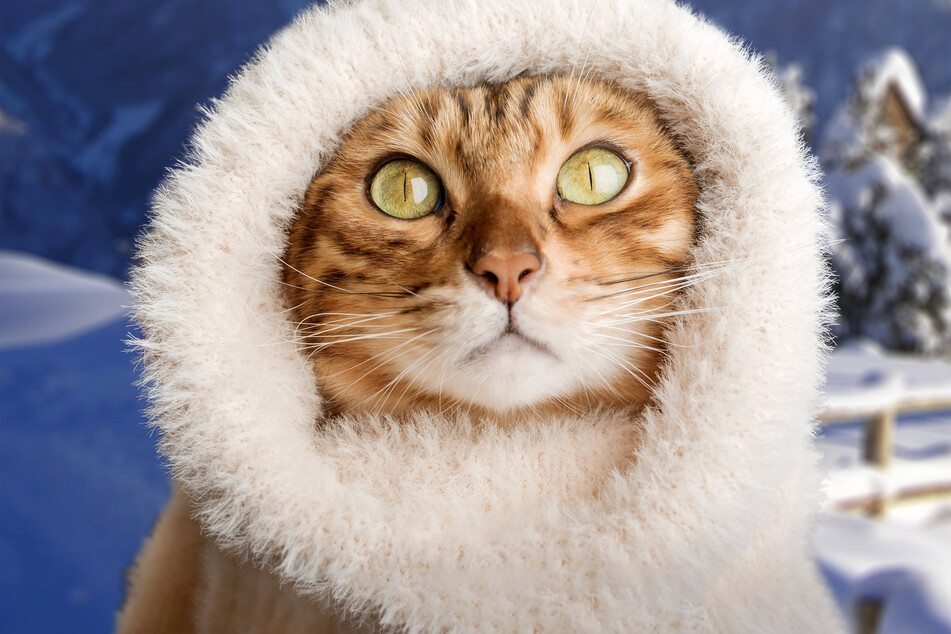
It is widely acknowledged that Bengal cats are some of the most hypoallergenic cats in the world. This means that they are some of the least likely kitties to cause serious or even minor allergic reactions in those who sadly have to deal with cat allergies. This is largely because of their close association with the Asian leopard.
As the wild cats of Asia don't generally cause allergic reactions in people, Bengals likely carry some similar genetic traits that reduce the risk of allergies.
Additionally, they have very short fur that more closely resembles a pelt than other domestic cat breeds. On top of that, Bengals don't shed very much, meaning that there is less loose fur floating around the house.
Bengal cat lifespan
Lifespan is another area where Bengal cats generally sit around the average that you can expect from a domestic kitty, between 12 and 16 years. Of course, with the right food, plenty of exercise, and attention to detail on the part of a Bengal's human owner, it could likely live into its twenties as well.
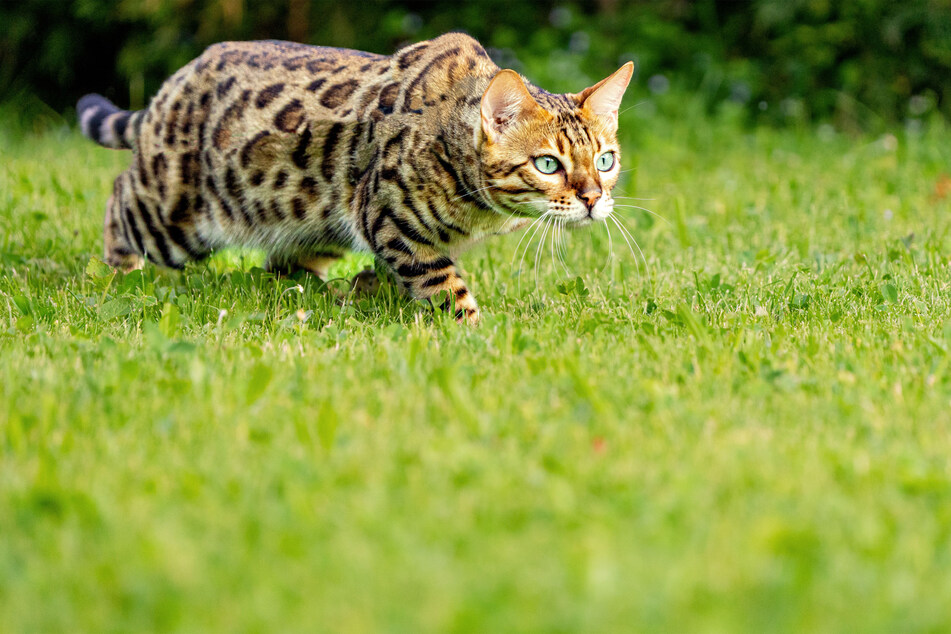
Bengal cat price
Purebred Bengals are some of the most expensive cats out there, retailing on average for $1,500 to $3,000 and sometimes even fetching as high as $10K. It always depends on the breeder and the specific requests and needs that you have. If you buy from such people, they will always charge you way more than necessary, so it's best to avoid breeders when adopting cats (and dogs, for that matter).
Whatever your decision, though, you're going to be spending a lot on this kitty. Make sure that it is healthy before you sign any paperwork or pay any money. You should recognize that the price of any cat is more than its retail cost - if you cannot afford its healthcare, food, and boarding when you're away, don't get a cat.
Where to get a Bengal cat
As we previously mentioned, there are thousands of Bengal breeders out there in the world. While they are, in a way, your best bet for adoption, it's also a good idea to take a look at local shelters and pounds. Adopting rescue cats is an ethical and beautiful thing to do and is much better than buying a kitty from a shop or having one bred specifically for you.
Bengal cats are truly extraordinary feline friends!
Considering how expensive, big, and playful the Bengal cat is, there are some pretty valid reasons why they are not so commonly adopted. That being said, if one were to adopt one of these beautiful creatures, they'd certainly not regret their decision. Bengal cats are some of the most remarkable and wonderful cat breeds in the entire world.
Make sure that you have done your research before you adopt a Bengal, checking multiple websites and talking with professionals and a variety of pet stores and breeders. Hang in there, even if it's difficult, you won't regret your decision!
Cover photo: IMAGO/Zoonar

